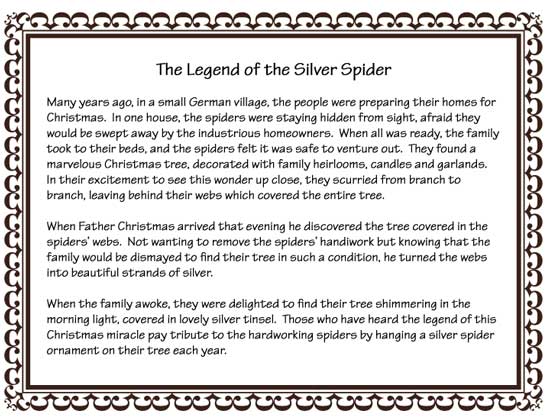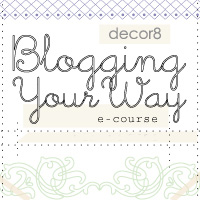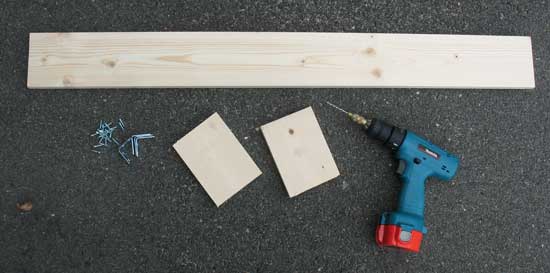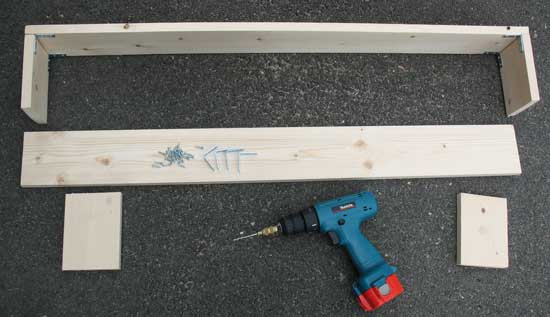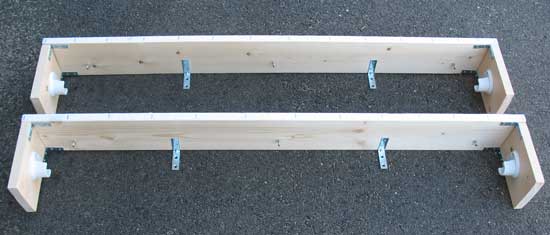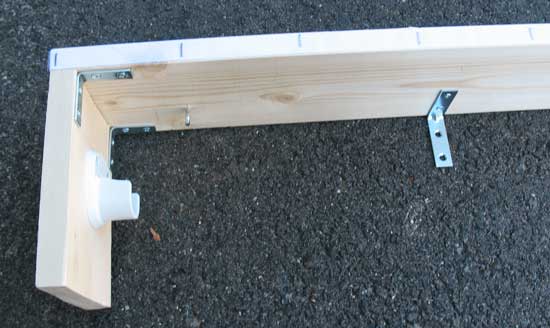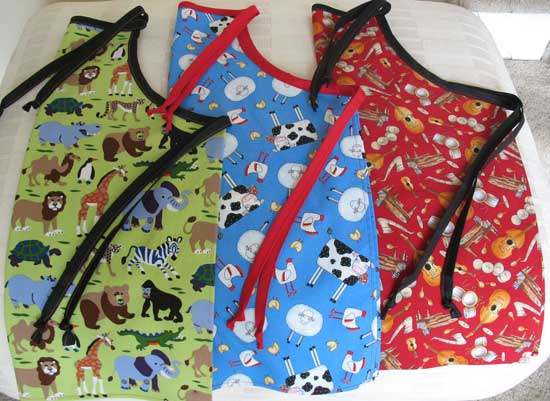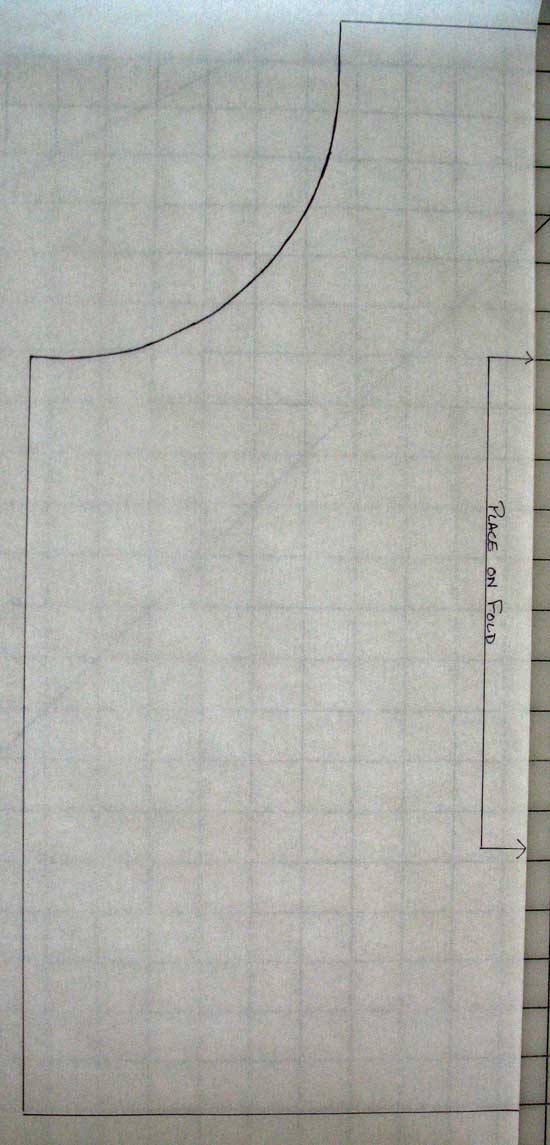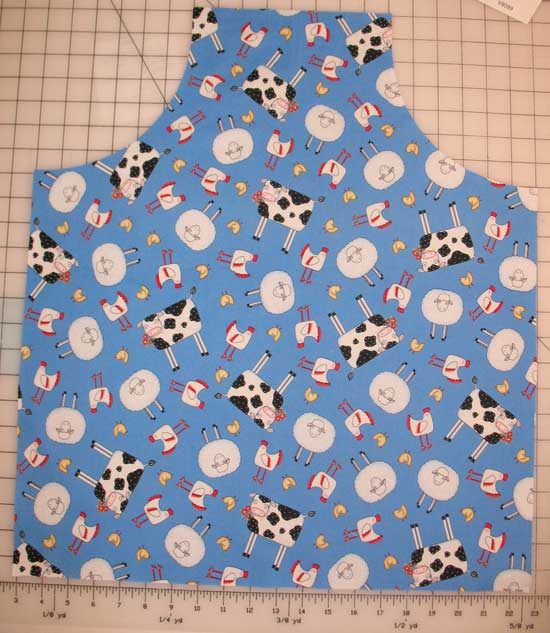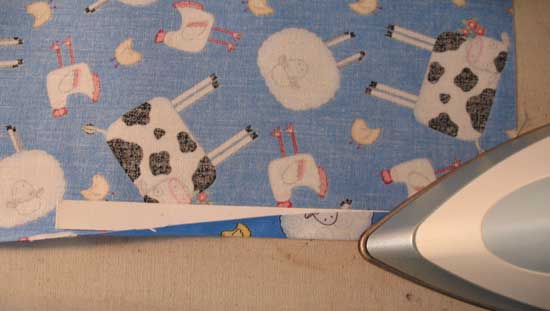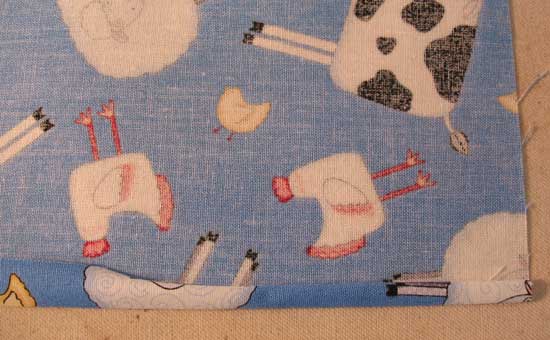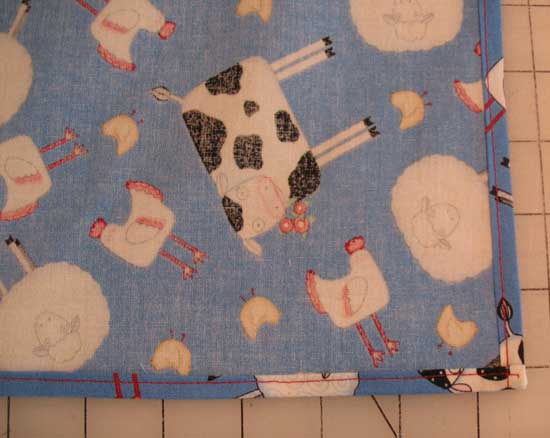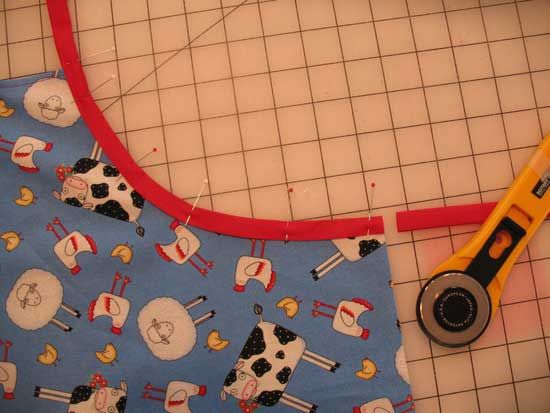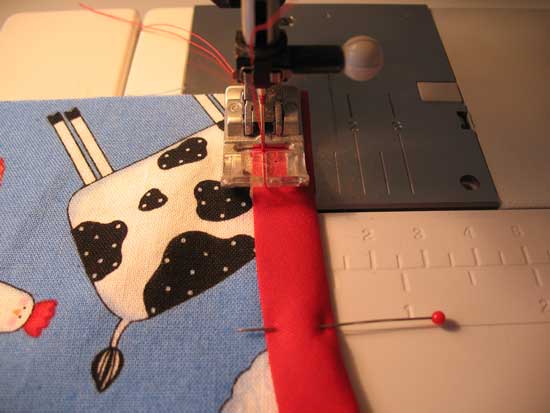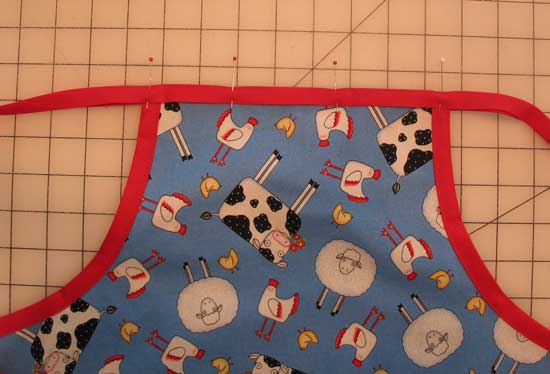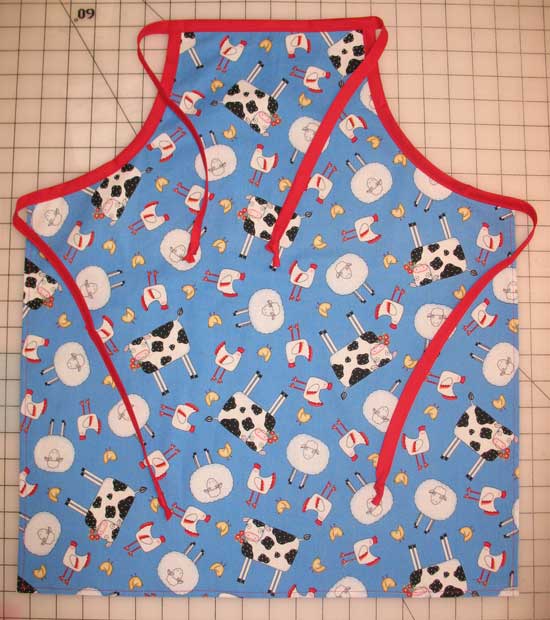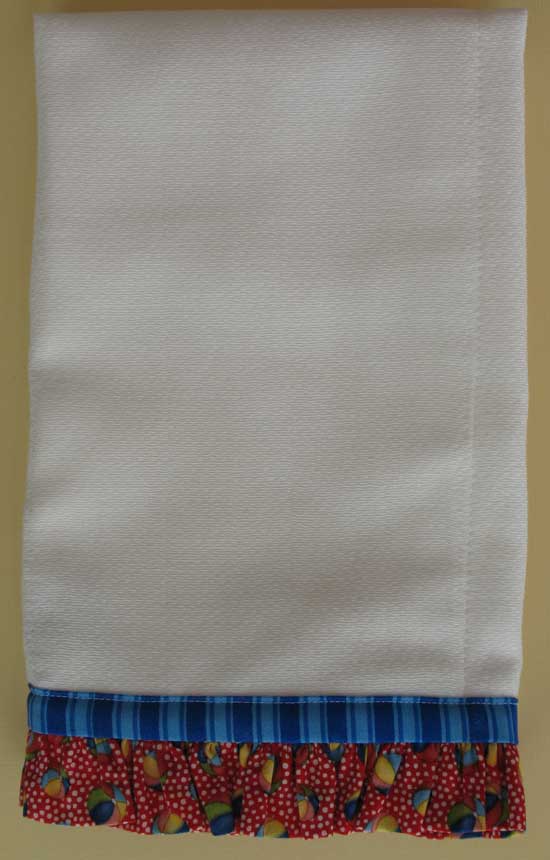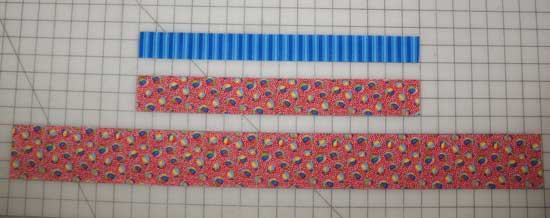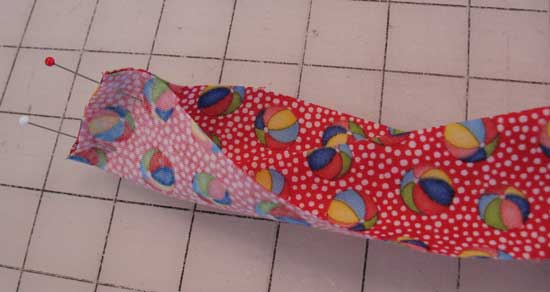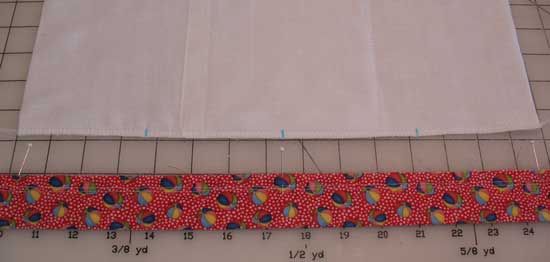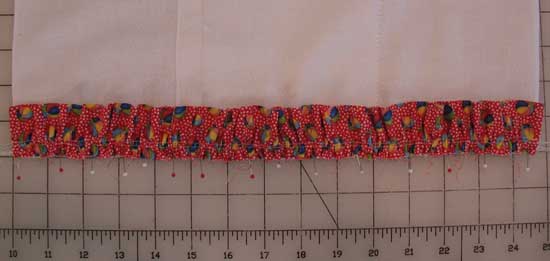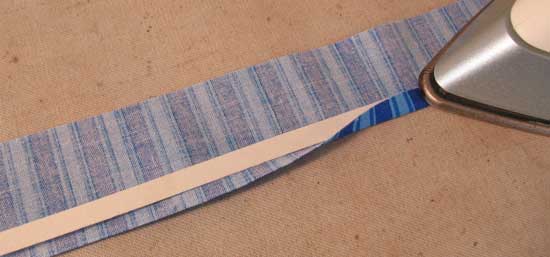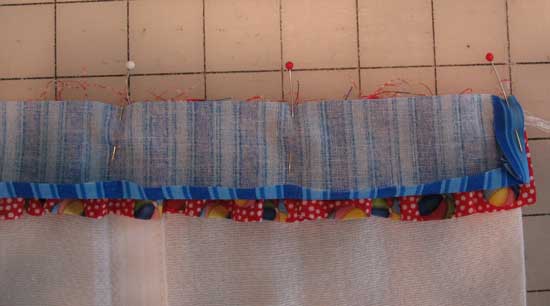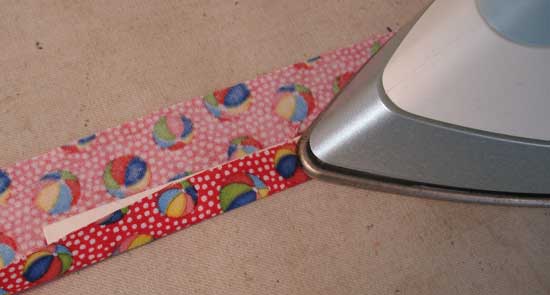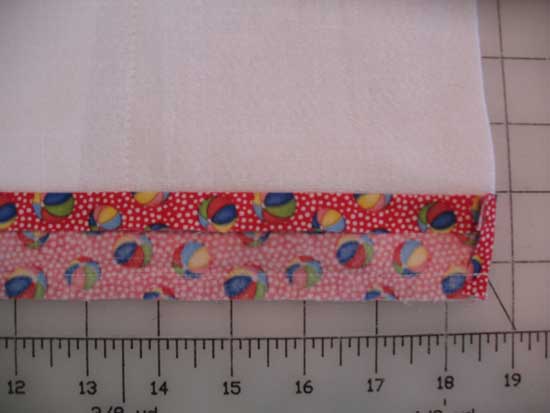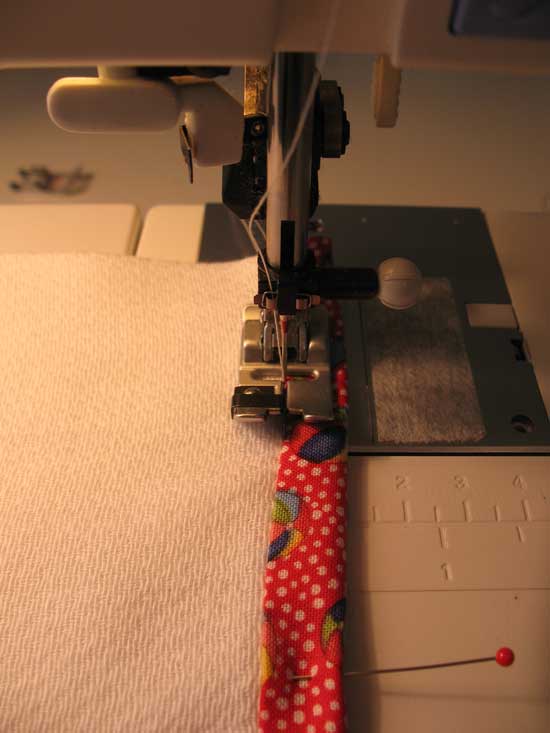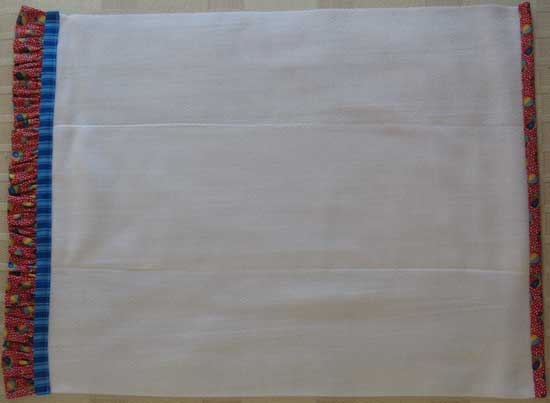Silver Spider Tutorial
 Sunday, November 28, 2010 at 6:00AM
Sunday, November 28, 2010 at 6:00AM 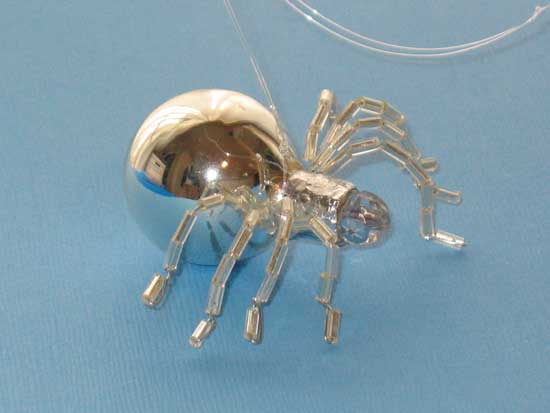
Materials
- Small silver bulb ornament
- 64 silver bugle beads
- 1 clear, faceted plastic bead
- 2 silver sequins (optional, see note)
- 28 gauge silver beading wire
- glue (I used Jewel-It but any glue appropriate for metal, glass, plastic will work; I don't recommend hot glue)
- Wire cutters/pliers
- Monofilament fishing line
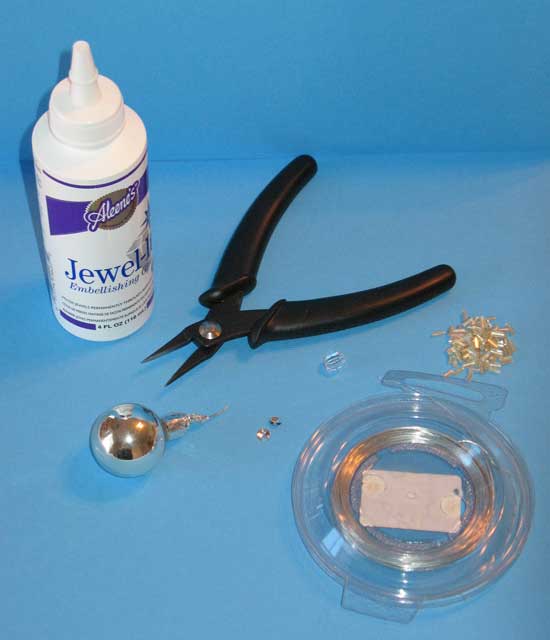
Begin by preparing the tree ornament. Remove any hardware from the opening at the top of the bulb. There are a number of types of bulbs with differing types of hardware. Mine had a piece of wire glued into the top, covered with metallic paper. I used the pliers to pull the wire out and trimmed the paper even with the opening at the top of the bulb.
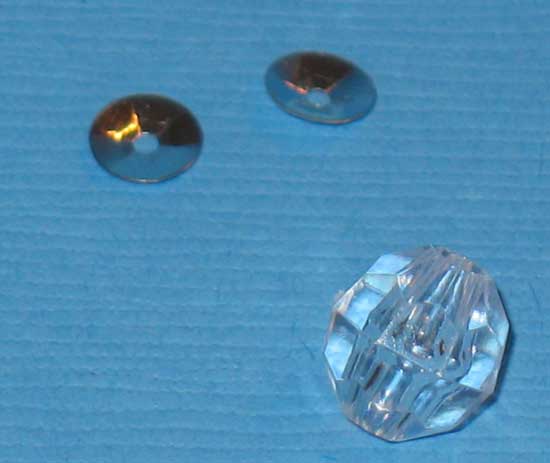
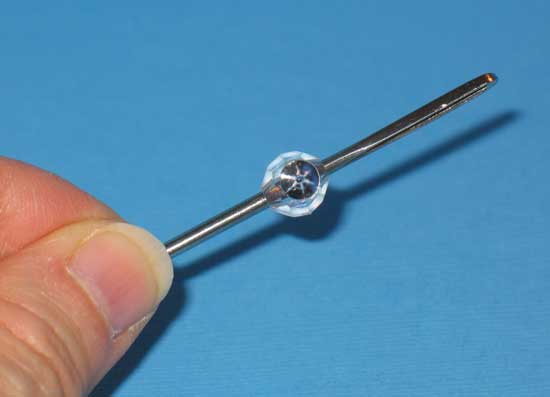
Next, glue the two silver sequins (eyes) to either side of the plastic faceted bead (head). I found that placing the bead on a large tapestry needle made this task easier. Set aside to dry. NOTE: I found that the sequins were almost invisible on the finished product and really feel this step is optional.
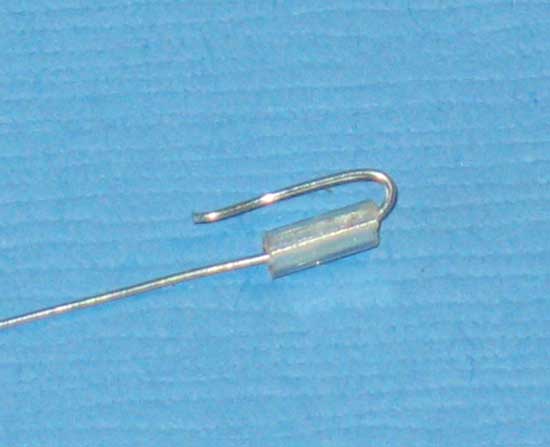
Cut four pieces of wire 5” long. Working with one wire at a time, thread one bugle bead onto the wire, bend the wire over the bead and twist the end around the remaining wire to secure.
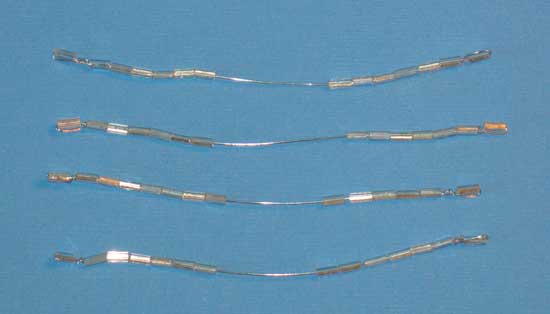
Thread an additional 13 beads onto the wire for a total of 14. Secure the last bead in the same manner as the first. Repeat for all four wires. Note that the beads will not fill the wire completely.
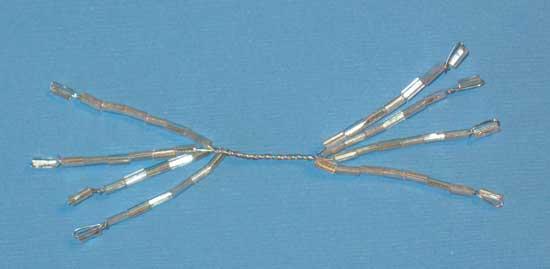
Lay the four wires parallel to each other. Separate the beads in the center with 7 beads on each end of the wire. Twist the wires together in the middle. Continue twisting until the unit measures about 4” long. This completes the legs.
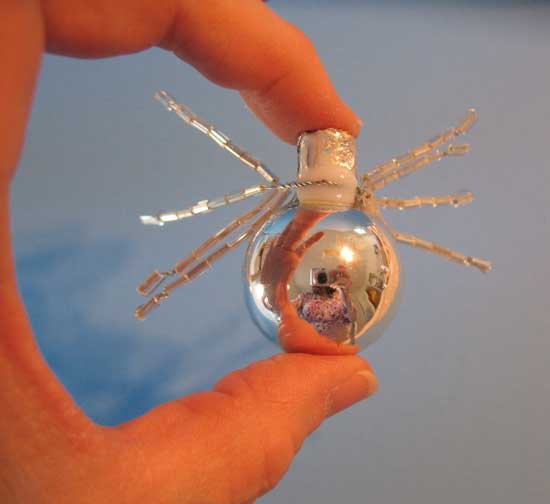
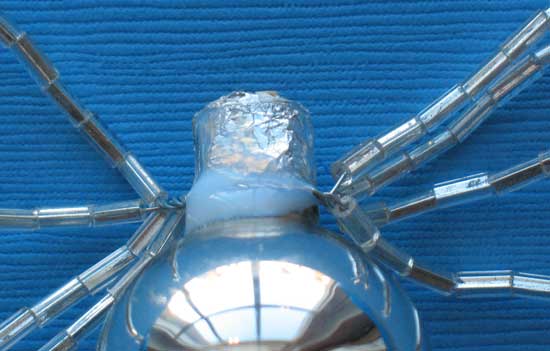
Bend the center of the leg unit into a slight curve and glue it to the underside of the bulb. Use plenty of glue for this step.
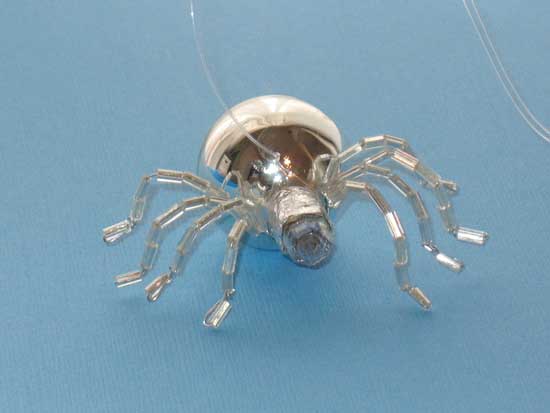
Glue the faceted head bead onto the end of the bulb and let dry. Cut a piece of fishing line the desired length for a hanger. Loop around the neck of the bulb, behind the legs, bring the ends to the top and tie an overhand knot to secure. Trim to the desired length and tie another overhand knot at the end.
If you wish to give this as a gift, include a copy of the following story with the spider. Right click on the image and “Save Image As” to a convenient place on your computer. You can then insert the image into Word or other word processing file, resize it as desired, and print it out on cardstock. Trim to size and punch a hole in the card. Thread a thin piece of ribbon through the hole and tie through the spider’s hanger.
